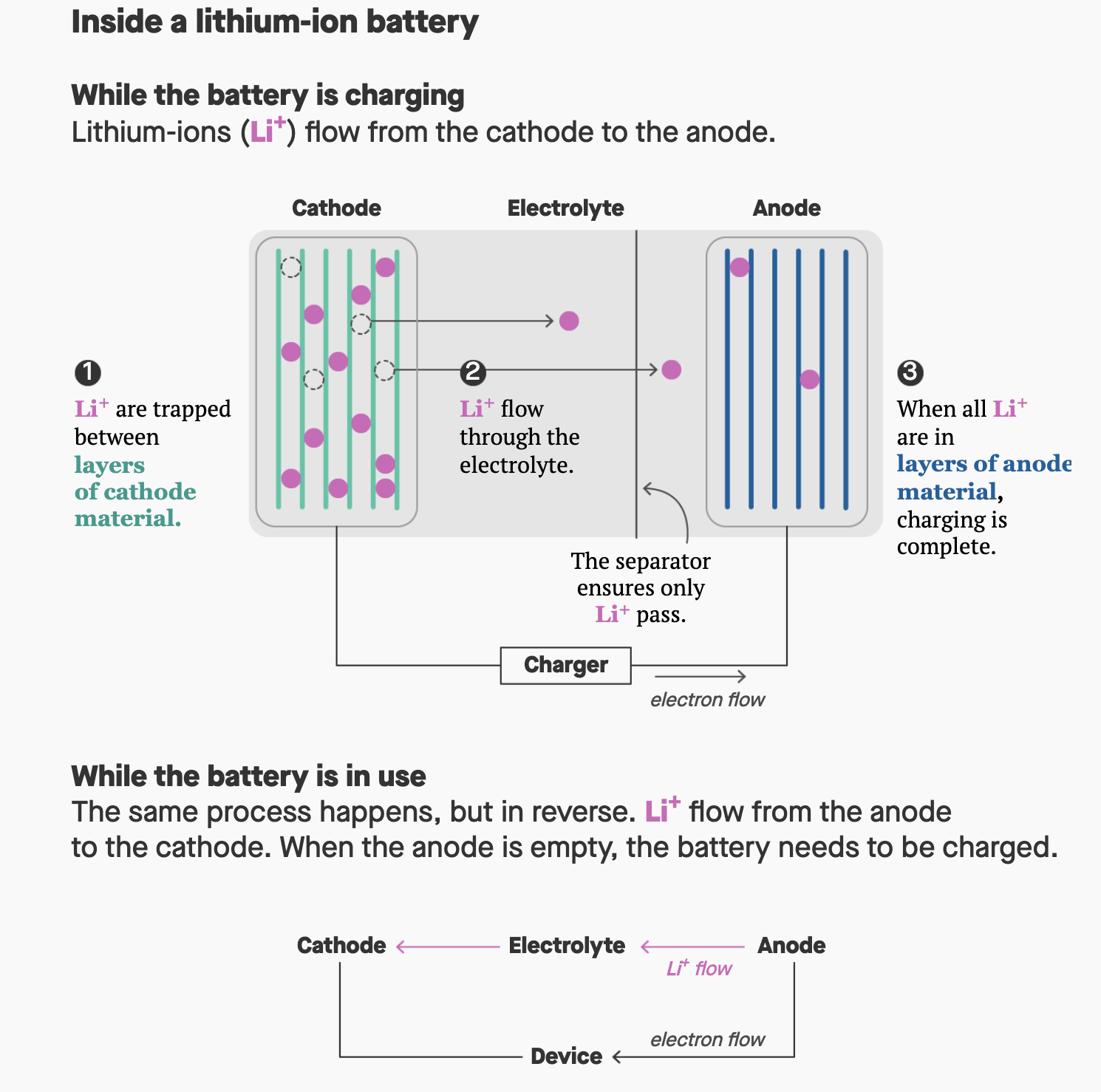Electric vehicle manufacturers are facing a problem: batteries are catching on fire. This is a problem because car buyers look for dependability and safety when purchasing a new vehicle. Battery fires have affected a number of manufacturers:
- Last year, Tesla had two highly publicized battery fires and updated its vehicle software. Years earlier, Tesla added plates underneath its cars to better protect the batteries when a car fire resulted from battery damage caused by road debris.
- At the end of September, BMW recalled 10 different BMW and Mini plug-in hybrid models because of a risk of fire caused by debris that may have gotten into battery cells during manufacturing.
- In early October, the National Highway Traffic Safety Administration opened an investigation into reports of spontaneous battery fires in Chevrolet Bolt electric vehicles. General Motors (GM) is voluntarily recalling over 68,000 electric vehicles worldwide of which almost 51,000 were sold in the United States, due to five reports of potential battery fires. GM has not yet determined the exact cause of the fires, but believe it is linked to charging the batteries “to full, or very close to full, capacity.” It has instructed dealerships to update the car’s battery software so the maximum charge level is 90 percent, and customers were advised to change their vehicle settings to avoid charging beyond that capacity.
- Hyundai received reports of vehicles catching fire while parked and, in October, recalled 6,700 Kona Electric SUVs among about 75,000 of that model to be recalled worldwide.
Lithium-Ion Batteries
Lithium-ion batteries can catch fire if they have been improperly manufactured, damaged or abused or if the software that protects the battery from getting too much or too little electric charge failed to do its job. Battery fires are rare: about one in 12 million. But, that adds up when there are six to eight billion lithium-ion battery cells produced each year. Battery cells are the individual small batteries that are put together inside a battery pack. An electric vehicle can have hundreds or even thousands of battery cells inside one or more battery packs.
Manufacturers and researchers are seeking ways to make batteries that store more energy so that electric vehicles can be driven farther before they need to be recharged. Because they do not want to make battery packs bigger and heavier, manufacturers have to increase density–the amount of energy that can be stored in a given amount of battery space. While energy density can be increased in a number of ways, it must adhere to accepted industry safety standards because more energy in the battery means more energy that can leak and cause a problem.
A lithium-ion battery has two electrodes (cathode and anode) with a separator (a material that conducts ions but not electrons, designed to prevent shorting) in the middle and an electrolyte (usually liquid) to enable the flow of lithium ions back and forth between the electrodes. When a battery is charging, the ions travel from the cathode to the anode; when the battery is powering a vehicle, the ions move in the opposite direction.

The battery’s power capacity is determined by how fast this process happens. Drawing lithium-ions out of the cathode too quickly can cause flaws to develop and the battery to break-down. This is an expensive proposition because the cost of battery replacement for a Chevrolet Bolt is $16,250.
Various companies are working on solutions. One idea is to replace layered electrodes with material that is structurally stronger. A Swiss battery company, Leclanché, uses lithium iron phosphate as the cathode, and lithium titanate oxide as the anode, which are better at handling the flow of lithium ions. The company currently uses its battery cells in autonomous warehouse forklifts, which can be charged to 100 percent in nine minutes. For comparison, the best Tesla supercharger can charge a Tesla car battery to about 50 percent in 10 minutes.
Leclanché is also deploying its batteries in the United Kingdom for fast-charging electric cars. These batteries slowly draw small amounts of power over a long period from the grid until they are fully charged. When a car docks, the docking-station batteries quick-charge the car’s battery and then recharge once the car leaves.
General Motors is developing the Ultium cell batteries, which are different from the batteries used in the Chevrolet Bolt cars. Ultium cells employ a different chemistry. They are expected to have some of the highest nickel and lowest cobalt content in a large format pouch cell.
Conclusion
Car buyers want dependability and safety in the vehicles that they purchase and batteries that cause fires in electric vehicles do not fit that bill. Electric vehicle manufacturers will need to fix that issue as well as the other issues that make car buyers shy away from electric vehicles: cost, driving range, charging station availability and trunk capacity to name a few.



